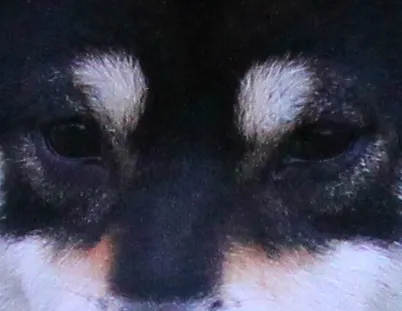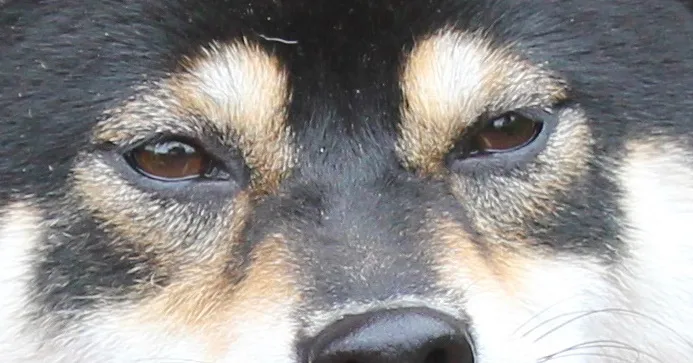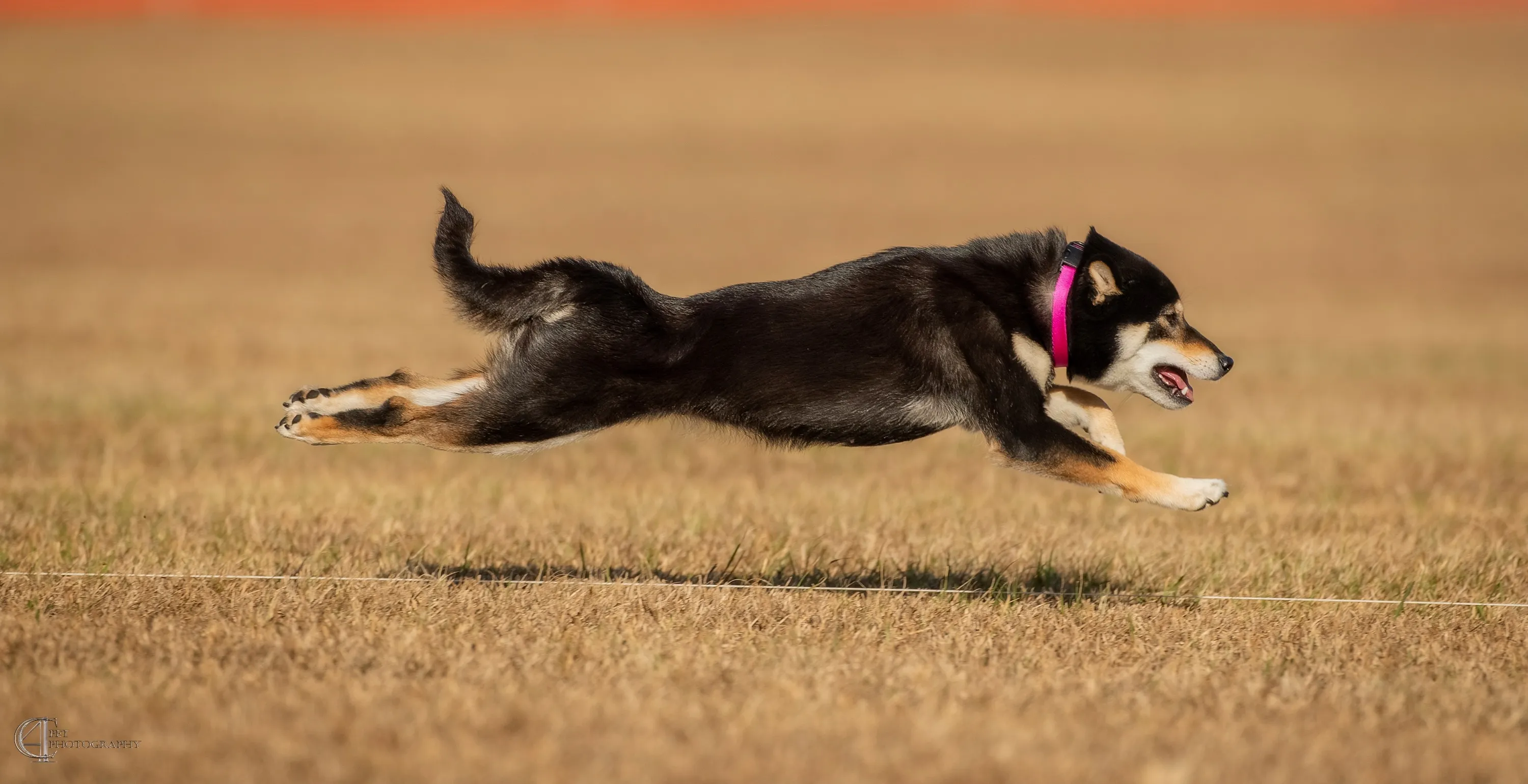The black and tan Shiba Inu, a striking and unique variation of this beloved Japanese breed, often finds itself at a curious crossroads within the world of dog conformation. As passionate enthusiasts and guardians of the breed standard, it’s clear that while red Shibas frequently dominate the show ring, the black and tan often faces an uphill battle for recognition. This isn’t just an observation; it’s a testament to the nuances of their color and markings, which, when properly understood and appreciated, reveal a profound beauty and adherence to the breed’s authentic heritage. This article aims to shed light on the distinctive characteristics of the Black Shiba, focusing on accurate color and marking identification, and advocating for their rightful place in the spotlight. Whether you’re a seasoned breeder, a discerning judge, or simply an admirer of this magnificent breed, understanding the specifics of the black and tan standard is crucial for truly appreciating their elegance. For owners looking for practical pet supplies, consider exploring options for a bobble head for your dog to add a touch of personality to your car.
The Underrated Beauty of the Black and Tan Shiba
It’s a perplexing phenomenon that black and tan Shiba Inus are often overlooked in American conformation shows, despite breed standards explicitly granting them equal consideration. The AKC Shiba Inu standard unequivocally states, “the three allowed colors given equal consideration.” This is not merely a suggestion but a foundational rule, yet the reality in many major American shows, from yearly Nationals to regional specialties, paints a different picture. Red Shibas predominantly fill the special classes and claim the majority of top awards, leaving one to wonder: where are the magnificent black and tans? Where are the sesames?
This disparity becomes even more striking when we look to Japan, the breed’s country of origin. The prestigious NIPPO Grand National Prime Minister (Souridaijinsho) award winner in 2014 was a black and tan male. Furthermore, the 2022 NIPPO Grand National saw both the best male and best female Shiba Inus crowned as black and tans. This stark contrast raises critical questions about judging education, political influences, or perhaps a preference for the “safe” choice of red. The inherent beauty and correct conformation of a black and tan Shiba should be celebrated and judged on its own merits, not overshadowed by a perceived favoritism towards other colors. Ensuring your dog’s safety during travel is paramount; invest in safe dog cages for cars for peace of mind.
Deciphering the Black and Tan Shiba Standard
Achieving a correctly colored black and tan Shiba is a challenging art, demanding a deep understanding of the breed standard’s subtleties. Unlike reds, where the ideal is often described as a bright flame orange with no black tipping and strong face color, the black and tan has its own intricate blueprint. A common misconception is that a black and tan is simply black and white; however, this is far from the truth. The dog must exhibit distinct tan markings in harmony with the black pattern. The black itself is not a stark, shiny blue-black but rather a more matte shade, often with discernible red tones in the undercoat. This unique interplay of colors gives the black shiba its characteristic depth and richness.
The undercoat of a black and tan Shiba is particularly fascinating, featuring hues of red, gray, or buff. When sunlight catches the coat, it reveals a captivating spectrum, proving that these dogs are indeed not just solid black with tan points. This undercoat distribution is arguably the most challenging aspect to achieve in breeding, with it being more commonly observed around the neck, hindquarters, and ears. The ideal, however, is an even and obvious distribution of this color throughout the entire coat, contributing to the “shibainu-ness” of their appearance.
Distinctive Markings: Eye Dots and Chest Patterns
Beyond the overall coat color, specific markings define a correct black and tan Shiba, particularly the eye dots and chest patterns. A hallmark of the breed’s expression is its eyes, and for black and tans, this involves distinctive eye dots. These are not broad eyebrows or “glasses” of tan but rather small, circular tan spots positioned precisely above the eyes. Imagine dipping the tip of your thumb in ink and pressing it onto paper – that’s the ideal shape and placement. Excessive tan around the eyes can detract from the quintessential Shiba expression, making these precise markings crucial for maintaining breed type.
 Black and tan Shiba Inu named Astrid at 2 years old, showing correct circular eye dots.
Black and tan Shiba Inu named Astrid at 2 years old, showing correct circular eye dots.
Astrid, shown at two years old, exemplifies the ideal circular eye dot shape. This distinct feature contributes significantly to the characteristic Shiba expression.
All Shibas, regardless of color, are expected to display a “bow tie” pattern on their chest, a part of their urajiro (cream to white ventral color). For black and tans, maintaining a clear, well-defined bow tie shape can be more difficult. Interestingly, while not strictly required by the AKC standard, many Japanese fanciers show a preference for additional individual white bars above the main bow tie pattern. These small details can subtly enhance the dog’s overall appearance and are considered desirable in some circles.
 Black and tan Shiba Inu named Delilah at 4 years old, illustrating eye dot and face color.
Black and tan Shiba Inu named Delilah at 4 years old, illustrating eye dot and face color.
Delilah at four years old, displaying her eye dot and face color, which illustrates how these markings mature and contribute to the Shiba’s unique look.
Official Breed Standards and Educational Resources
To truly grasp the intricacies of the black and tan Shiba, one must consult the official breed standards and available educational resources. The AKC Shiba Inu standard provides detailed guidance on color, stating: “Black with tan points and urajiro. Black hairs have a brownish cast, not blue. The undercoat is buff or gray. The borderline between black and tan areas is clearly defined. Tan points are located as follows: two oval spots over the eyes: on the sides of the muzzle between the black bridge of the muzzle and the white cheeks; on the outside of the forelegs from the carpus, or a little above, downward to the toes; on the outside of the hind legs down the front of the stifle broadening from hock joint to toes, but not completely eliminating black from rear of pasterns. Black penciling on toes permitted. Tan hairs may also be found on the inside of the ear and on the underside of the tail.” It also specifies that “White spots above the eyes permitted on all colors but not required.”
For those seeking an even deeper dive into judging and understanding the Shiba Inu, the National Shiba Club of America offers invaluable resources. Their judge’s education seminar and study guide are excellent tools, with specific sections dedicated to the black and tan color. These materials are crucial for both aspiring judges and breeders aiming for perfection in their lines. Furthermore, historical documents, such as Nobi Astumi’s 2002 article from the Japanese Shiba Inu Club of Great Britain, offer profound insights into the breed’s nuanced characteristics. Responsible pet ownership extends beyond aesthetics; equipping your car with the right dog car accessories ensures comfort and safety for your companion.
 Astrid, a black and tan Shiba Inu, showing rich coat color and subtle red undertones.
Astrid, a black and tan Shiba Inu, showing rich coat color and subtle red undertones.
Astrid’s coat at two years old, photographed by C4 Pet Photography, demonstrates the subtle red undercoat that gives depth to the black and tan coloring.
One of the more complex aspects of breeding black and tan Shibas is maintaining the integrity of their coat color over generations. There’s a common belief that breeding black and tan to black and tan can lead to solid black coats with incorrect tan points. However, some breeders theorize that black and tans with excellent coat color, when selectively bred, can produce offspring with equally good color. This requires careful consideration and potentially breeding back to a red Shiba in subsequent generations to avoid color faults. The goal is always to uphold the standard, producing dogs that exemplify the breed’s authentic beauty. For travel, reliable canine travel crates are essential for your dog’s security and your peace of mind.
 Delilah, a 2-year-old black and tan Shiba Inu, displaying her coat color with tan face markings.
Delilah, a 2-year-old black and tan Shiba Inu, displaying her coat color with tan face markings.
Delilah, also photographed by C4 Pet Photography at two years old, illustrates a black and tan coat with distinct tan facial markings and a somewhat shinier appearance, providing a contrast to ideal undercoat distribution.
The Importance of Urajiro
Urajiro, the cream to white ventral coloring, is a fundamental characteristic required in all Shiba Inu colors, including the black and tan. This distinct pattern appears on the sides of the muzzle, cheeks, inside the ears, underjaw, upper throat, inside of legs, abdomen, around the vent, and the ventral side of the tail. For black and tans, urajiro commonly includes a triangular mark on both sides of the forechest. This marking is not merely cosmetic; it is an integral part of the breed’s physical standard, contributing to its balanced appearance and classic silhouette. The clarity and correct placement of urajiro are key indicators of a well-bred Shiba.
 Detailed close-up of a black and tan Shiba Inu's chest, showing clear urajiro pattern.
Detailed close-up of a black and tan Shiba Inu's chest, showing clear urajiro pattern.
This image offers a detailed view of a black and tan Shiba’s chest, highlighting the clear urajiro pattern, a crucial element of the breed standard.
Conclusion
The black shiba is a captivating and elegant member of the Shiba Inu family, embodying unique characteristics that deserve full recognition and appreciation in the show ring and beyond. Despite the historical preference for red Shibas in some Western shows, the breed’s official standards, both AKC and NIPPO, confirm that all accepted colors, including black and tan, are to be given equal consideration. Understanding the nuances of their matte black coat with red undertones, the precise circular eye dots, and the distinct urajiro and chest markings is essential for truly appreciating these dogs. By championing education and adherence to comprehensive breed standards, we can ensure that the exquisite beauty and integrity of the black and tan Shiba Inu are celebrated by judges, breeders, and enthusiasts worldwide. Let us continue to advocate for and cherish every magnificent black shiba, recognizing them not as a variation, but as a masterpiece in their own right. If you want to personalize your pet’s travel experience, consider unique and stylish dog bobble heads.
References
- AKC Shiba Inu Standard: https://images.akc.org/pdf/breeds/standards/ShibaInu.pdf
- National Shiba Club of America Judge’s Education Seminar: https://www.shibas.org/judgesed/seminar/index.htm
- National Shiba Club of America Judge Study Guide: https://www.shibas.org/newstand/judge.html
- The Japanese Shiba Inu Club of Great Britain: https://www.thejapaneseshibainuclubofgreatbritain.com/
- Nobi Astumi (Yokohama Atsumi): http://yokohamaatsumi.the-ninja.jp/
